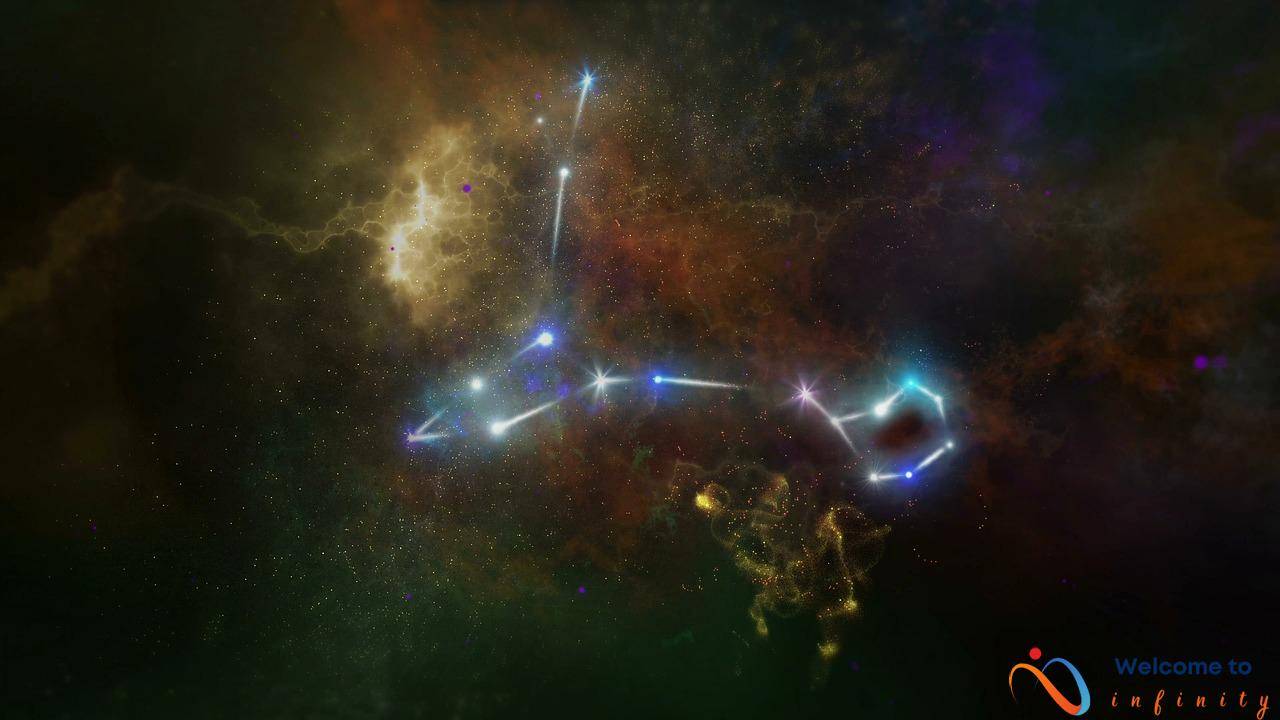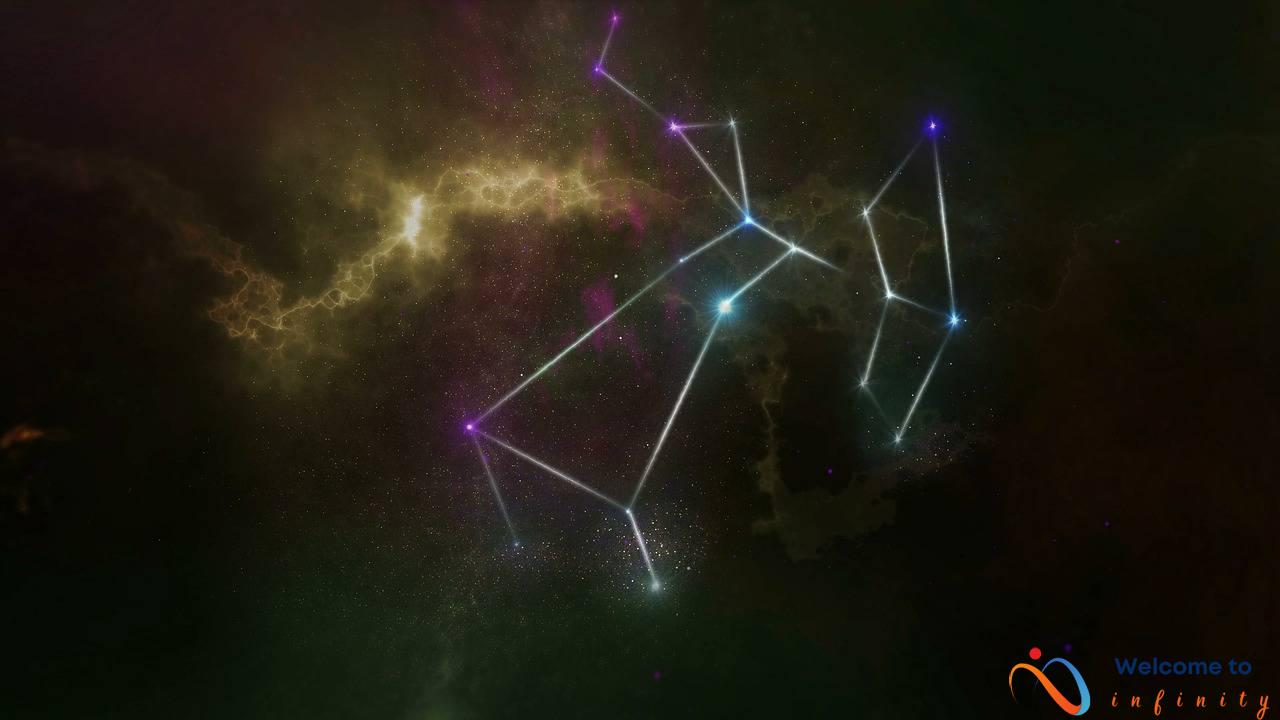dwarf planet, sparking controversy and debate within the scientific community and the public. Despite its reclassification, Pluto remains a significant object in our solar system and continues to fascinate astronomers and space enthusiasts alike.
Pluto was discovered in 1930 by American astronomer Clyde Tombaugh. It was accepted as the ninth planet in our solar system, until the International Astronomical Union (IAU) reclassified it as a dwarf planet in 2006. The IAU's decision was based on new criteria for planets, which declared that a planet must have cleared its orbit of other debris to qualify as a full-fledged planet. Pluto, however, did not meet this criterion.
Nevertheless, Pluto remains a subject of fascination for scientists. It is the largest known dwarf planet and the second closest object to the Sun in the Kuiper belt, a region of the solar system beyond Neptune's orbit that is home to many icy bodies. Pluto's five moons also make it an interesting subject for study.
Despite its small size and distance from Earth, Pluto has been the focus of multiple scientific missions. NASA's New Horizons spacecraft, which launched in 2006, made a historic flyby of Pluto and its moons in 2015, providing valuable data and images of this distant world. Pluto's unique geological features and icy composition continue to intrigue scientists and inspire space exploration.
In conclusion, although Pluto is no longer classified as a full planet, its significance in astronomy cannot be denied. Its discovery and reclassification have sparked debate and redefined our understanding of the solar system. As we continue to explore and study Pluto, we may uncover even more fascinating facts about this small, distant world.
dwarf planet.
Pluto's reclassification as a dwarf planet in 2006 by the International Astronomical Union (IAU) caused significant controversy. Some scientists disagreed with the decision, while others welcomed it. Dwarf planets are defined as celestial bodies that orbit the Sun, are not moons, and have not cleared their orbits of other debris.
Pluto was found to meet the first two criteria, but not the third. However, some scientists still argue that Pluto should be considered a planet because it has its own unique characteristics, such as having five moons, an eccentric orbit, and a complex geological structure. Despite the debate, Pluto remains an important object of study in the field of astronomy.
Pluto's reclassification as a dwarf planet also opened up new possibilities for discovering other similar objects within our solar system. In fact, there are currently over 200 recognized dwarf planets in our solar system. These newfound objects have sparked new interest in exploring the Kuiper Belt, a region of our solar system beyond Neptune's orbit where many of these dwarf planets reside.
Despite this, Pluto holds its significance in the study of astronomy, and there's much to learn about it.
Despite being reclassified as a dwarf planet, Pluto still holds importance in the study of astronomy. Scientists continue to study Pluto and its surrounding objects within the Kuiper belt to unlock secrets about the early formation of our solar system. Pluto's unique features, such as its heart-shaped glacier, suggest that there may be more to discover about this small planet.
Additionally, studying Pluto's five moons – Charon, Nix, Hydra, Kerberos, and Styx – can provide insights into the formation and evolution of moons in general. The discovery of Charon, which is nearly half the size of Pluto, helped lead to the reclassification of Pluto as a dwarf planet. However, it also opened up new possibilities for studying the dynamic relationship between Pluto and its moon.
Moreover, Pluto and other objects within the Kuiper belt may hold clues to the existence of Planet Nine, a theoretical planet that is thought to exist beyond Neptune. By studying Pluto's strange orbit and the gravitational pull it exerts on surrounding objects, scientists hope to gain a better understanding of this elusive planet and its potential impact on the solar system.
In short, while Pluto may no longer be considered a full planet, it still remains an important object of study in the field of astronomy. The unique characteristics of Pluto and its surrounding objects provide valuable insights into the fascinating and complex formation of our solar system.
The History of Pluto as a Planet
Pluto's status as a planet has been a topic of debate since its discovery in 1930. Initially, Pluto was classified as the 9th planet in our solar system and was thought to be similar to the gas giants. However, as technology advanced, scientists began to question whether Pluto truly met all the criteria to be considered a planet.
In 2006, the International Astronomical Union (IAU) officially reclassified Pluto as a dwarf planet. This decision was based on the fact that Pluto, unlike the other planets in the solar system, had not cleared its orbit of other objects. As soon as this decision was made, many scientists and astronomy enthusiasts alike found themselves caught in a heated debate about whether Pluto was truly a planet or not.
Despite the disagreement about Pluto's planetary status, scientists have continued to study it. Multiple missions have been sent to explore the Kuiper Belt, the region of the solar system where Pluto is located. Through these missions, we have been able to learn more about Pluto's unique characteristics and features.
Regardless of its classification, Pluto remains a fascinating object of study within astronomy. Its history as a planet is a reminder that, as our understanding of the universe evolves, so too do our classifications and conceptualizations of celestial objects.
Pluto's Characteristics and Formation
Despite being reclassified as a dwarf planet, Pluto has managed to keep astronomers interested. Its unique sizes, orbits, and geological structures have been the subject of multiple scientific missions. Compared to other planets, Pluto is a small world. Its diameter is only 2,377 km, and it's one-fifth the size of Earth's moon. Pluto has a strange orbit, and its year is equivalent to 248 Earth years. Unlike most planets, Pluto has a highly tilted axis, which leads to extreme seasons. Because of its distant location, Pluto is also very cold. The surface's temperature ranges from -240°C to -218°C.
Pluto's geological features are also unique. Its reddish-brown terrain is covered with frozen nitrogen, carbon monoxide, and methane. This feature adds to the planet's mysterious nature. Pluto also has an atmosphere, although it's thin. The dwarf planet's atmosphere consists mostly of nitrogen, with traces of methane and carbon monoxide. The atmospheric pressure on Pluto is 1/100,000th of the Earth's atmospheric pressure.
According to scientists, Pluto formed 4.6 billion years ago around the same time as other planets in our solar system. It is located within the Kuiper belt, a region beyond Neptune. The Kuiper Belt is home to many icy worlds that have remained almost frozen in time since they were formed. Scientists believe that Pluto formed from the leftovers of the creation of the Solar System. It's made up of rock, ice, and frozen gases, and it orbits the sun like other planets. Despite its small size, Pluto holds many secrets, and scientific missions are still ongoing to discover more about this fascinating planet.
- Pluto is a small planet with unique features that have kept astronomers interested.
- Its diameter is only 2,377 km, and it's one-fifth the size of Earth's moon.
- Pluto has a strange orbit, which leads to extreme seasons and is very cold.
- The planet's reddish-brown terrain is covered with frozen nitrogen, carbon monoxide, and methane.
- Pluto also has an atmosphere, although it's thin.
- According to scientists, Pluto formed 4.6 billion years ago within the Kuiper belt.
- Pluto is made up of rock, ice, and frozen gases, and it orbits the sun like other planets.
The Exploration and Study of Pluto
Thanks to unmanned spacecraft, humans have been able to explore Pluto in recent years. In 2015, NASA's New Horizons completed a historic flyby of Pluto, providing us with stunning images of the dwarf planet and its five moons.
Through this mission, we now know that Pluto has a diverse landscape that includes mountains, glaciers, and a tenuous atmosphere. We also discovered that Pluto's largest moon, Charon, has a reddish polar cap and a dark region near its equator.
Since then, there have been efforts to further study Pluto and its moons. In 2018, NASA's New Horizons spacecraft flew by an object in the Kuiper belt, known as Ultima Thule. This object is believed to be a leftover building block from the formation of the solar system, providing valuable insight into the early history of our cosmic neighborhood.
In addition, there are plans for future missions to Pluto and the Kuiper belt. Proposals for a Pluto Orbiter and Lander project have been suggested, which would involve sending a spacecraft to orbit Pluto and possibly land on its surface. This would allow us to gather even more data and insight into this fascinating world.
- In conclusion, humans have been able to explore and learn more about Pluto through unmanned spacecraft, including the historic New Horizons mission in 2015. Through these missions, we have gained insight into Pluto's unique landscape and its five moons. Efforts to further study this dwarf planet through possible future missions hold great potential for expanding our knowledge of the solar system and its origins.
Pluto's Impact on Astronomy and Beyond
Although Pluto is no longer classified as a planet, its discovery in 1930 has contributed significantly to our understanding of the solar system. It has further impacted the study of astronomy, astrobiology, and space exploration.
Pluto's existence has motivated scientists to explore beyond the Kuiper belt, where this dwarf planet is located. This has led to the discovery of other celestial bodies similar to Pluto, such as Eris, Haumea, and Makemake. Consequently, it has expanded our knowledge about the formation and evolution of the solar system.
The study of Pluto has also played a crucial role in astrobiology, as it is believed to have a subsurface ocean. This finding opens up new possibilities for the existence of life beyond Earth. The information gathered during the exploration of Pluto can help to identify environments that are habitable or have the potential for life to emerge.
Finally, Pluto has contributed to advancements in space exploration. The New Horizons mission, launched in 2006, provided scientists with the first close-up images of Pluto's surface. These images revealed a world with vast icy plains, towering mountains, and a possible underground ocean. The study of Pluto and its moons provides insights into the formation of the solar system and expands our understanding of the universe.
In conclusion, Pluto, although a minor planet, has significantly impacted our understanding of the universe and continues to play a crucial role in the study of astronomy, astrobiology, and space exploration. With advancements in technology and increasing interest in the study of Pluto and other celestial bodies, the future holds a wealth of potential for discovering new information and expanding our understanding of the universe.











